![]()
Picture maximizing in videos and Television set reveals is often ridiculed for becoming unbelievable, but study in true image enhancing is really creeping far more and more into the realm of science fiction. Just choose a look at Google’s most current AI photograph upscaling tech.
In a post titled “Substantial Fidelity Image Era Applying Diffusion Models” published on the Google AI Blog site (and noticed by DPR), Google researchers in the company’s Brain Staff share about new breakthroughs they’ve produced in impression super-resolution.
In impression tremendous-resolution, a machine studying product is properly trained to turn a reduced-res image into a in depth high-res picture, and potential applications of this selection from restoring old family images to improving upon clinical imaging.
Google has been exploring a strategy identified as “diffusion types,” which was to start with proposed in 2015 but which has, up until a short while ago, taken a backseat to a relatives of deep discovering methods called “deep generative versions.” The company has found that its results with this new technique beat out existing systems when people are requested to choose.
The very first strategy is known as SR3, or Super-Resolution by using Recurring Refinement. Here’s the complex clarification:
“SR3 is a super-resolution diffusion model that can take as enter a low-resolution impression, and builds a corresponding substantial resolution picture from pure sound,” Google writes. “The design is properly trained on an impression corruption method in which noise is progressively additional to a large-resolution picture until only pure sounds continues to be.
“It then learns to reverse this course of action, beginning from pure sounds and progressively getting rid of sounds to arrive at a focus on distribution by the direction of the input low-resolution picture.”
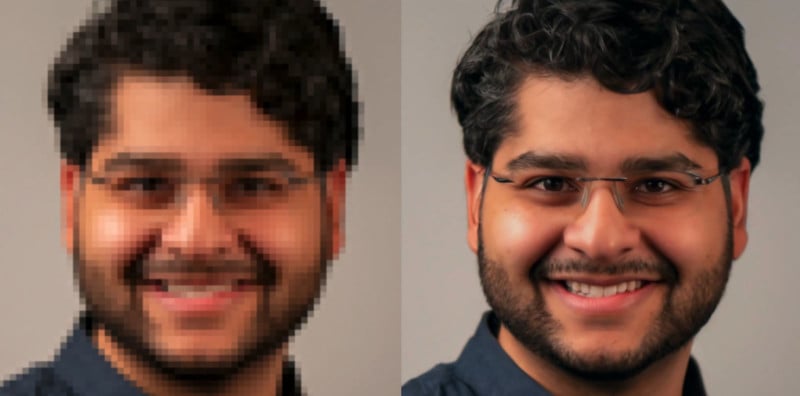
SR3 has been located to function very well on upscaling portraits and natural photos. When applied to do 8x upscaling on faces, it has a “confusion rate” of practically 50% though present procedures only go up to 34%, suggesting that the outcomes are in truth picture-real looking.
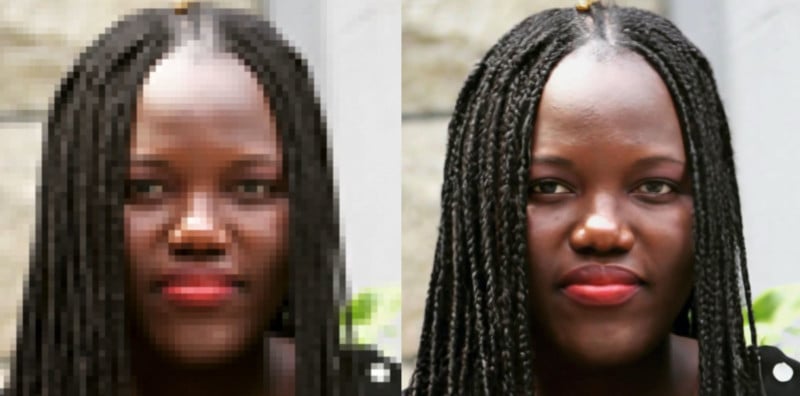
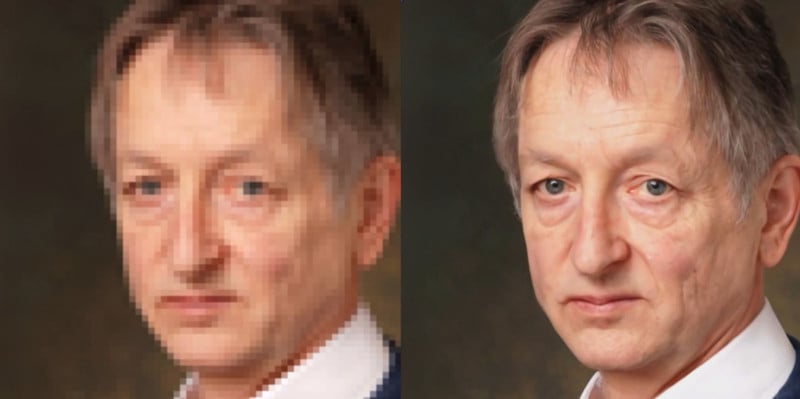
Here are other portraits upscaled from lower-resolution originals:
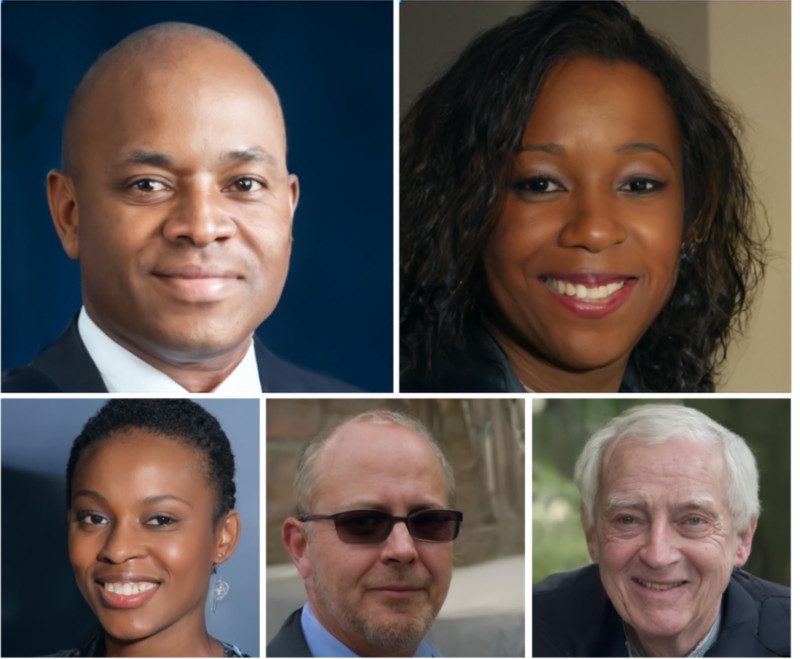
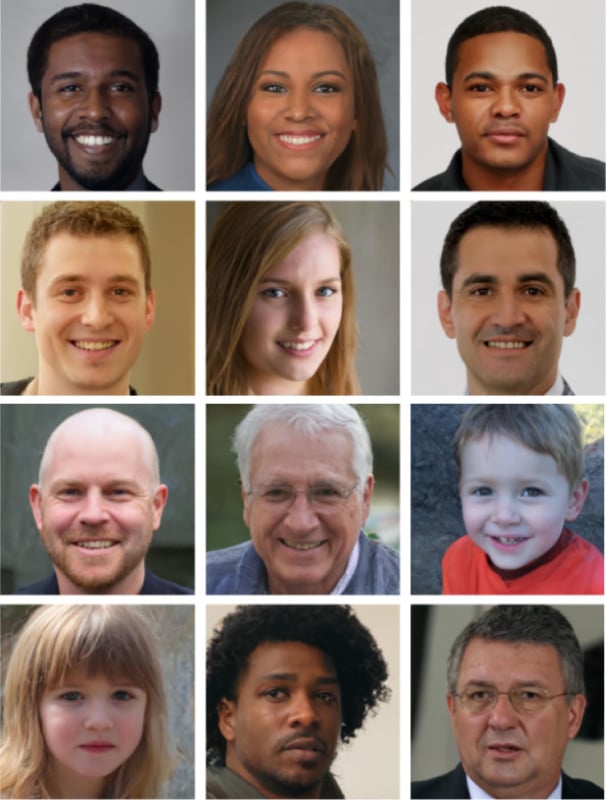
The moment Google saw how successful SR3 was in upscaling photos, the corporation went a step even more with a second tactic referred to as CDM, a course-conditional diffusion design.
“CDM is a class-conditional diffusion model skilled on ImageNet info to make high-resolution pure images,” Google writes. “Since ImageNet is a tricky, high-entropy dataset, we crafted CDM as a cascade of various diffusion types. This cascade approach consists of chaining with each other various generative styles over numerous spatial resolutions: one diffusion product that generates info at a very low resolution, followed by a sequence of SR3 tremendous-resolution diffusion products that slowly maximize the resolution of the produced impression to the best resolution.”
![]()
Google has published a established of illustrations exhibiting lower-resolution images upscaled in a cascade. A 32×32 photo can be improved to 64×64 and then 256×256. A 64×64 image can be upscaled to 256×256 and then 1024×1024.
![]()
![]()
![]()
As you can see, the effects are remarkable and the remaining pics, in spite of getting some glitches (these as gaps in the frames of glasses), would most likely pass as actual original photos for most viewers at initial look.
“With SR3 and CDM, we have pushed the general performance of diffusion products to state-of-the-art on tremendous-resolution and class-conditional ImageNet era benchmarks,” Google researchers write. “We are excited to even more check the limitations of diffusion models for a vast wide range of generative modeling troubles.”

